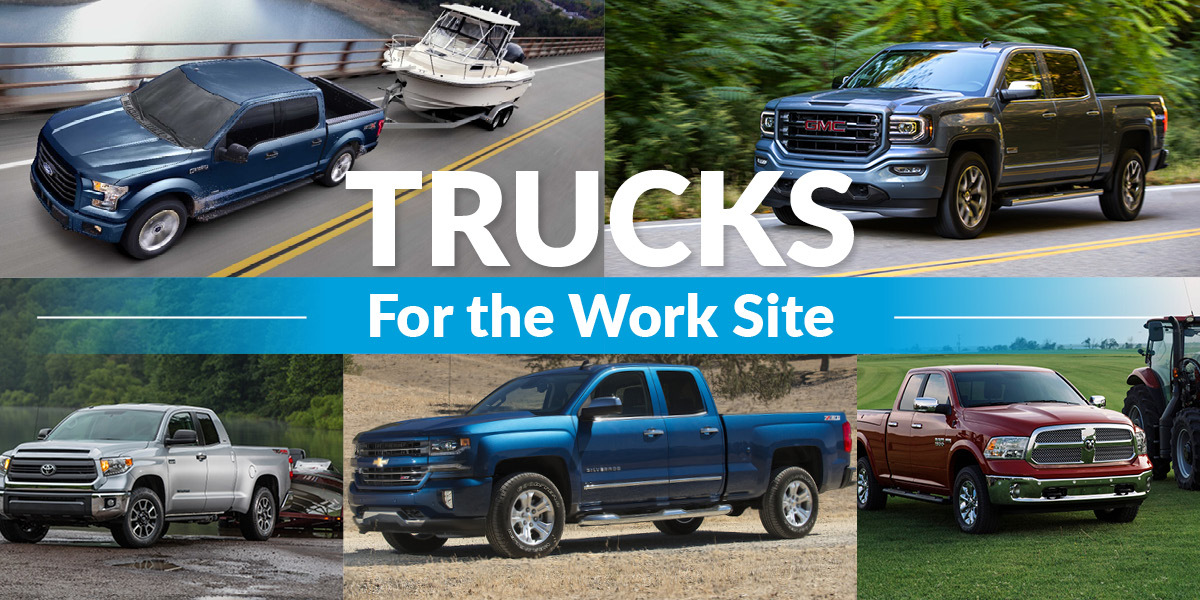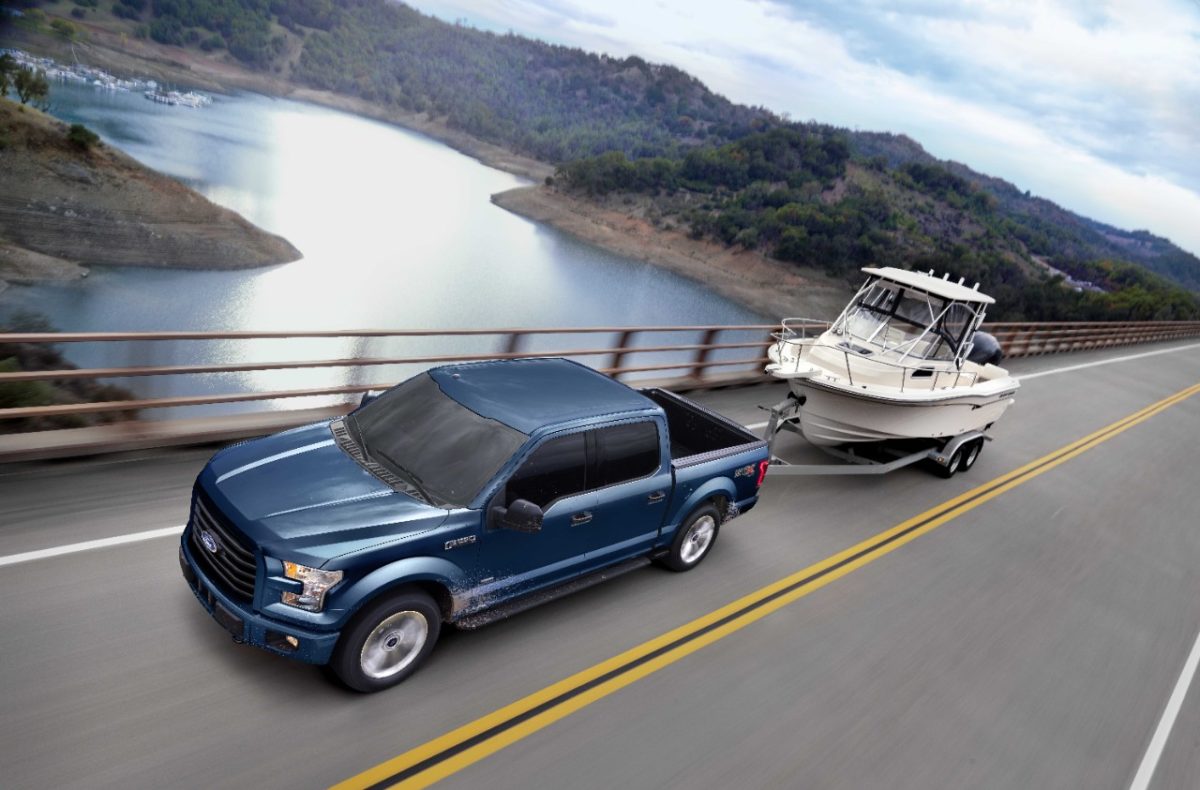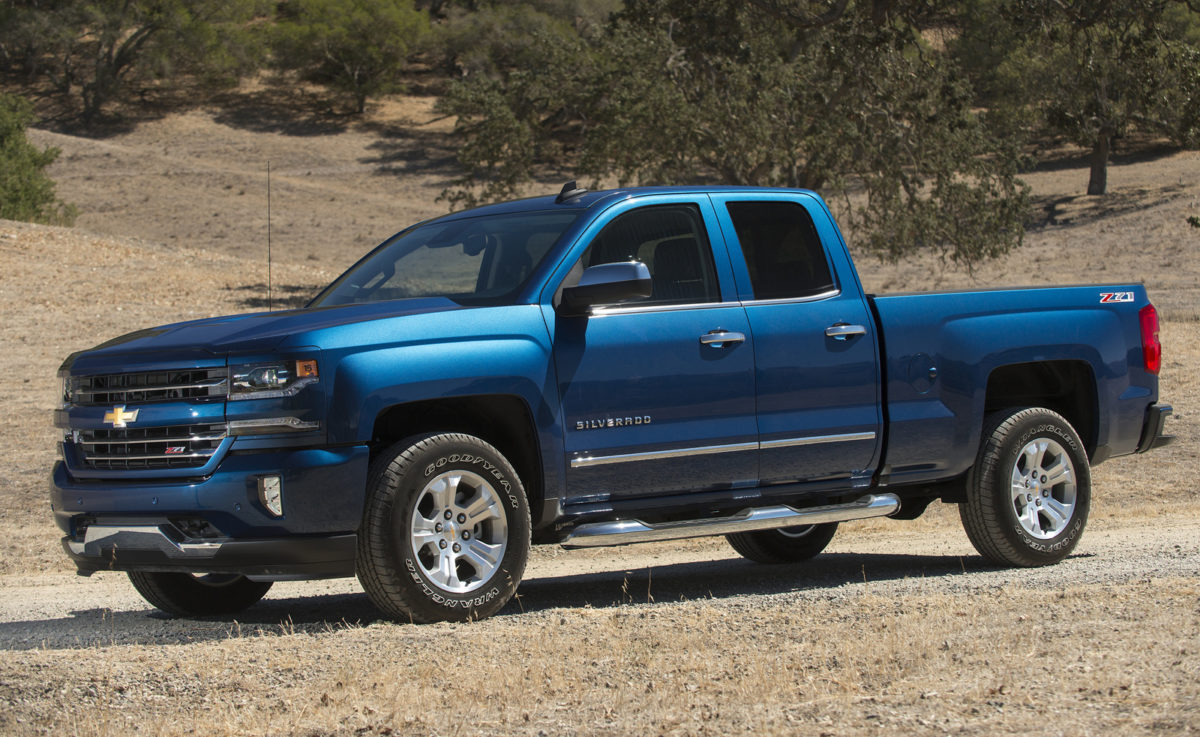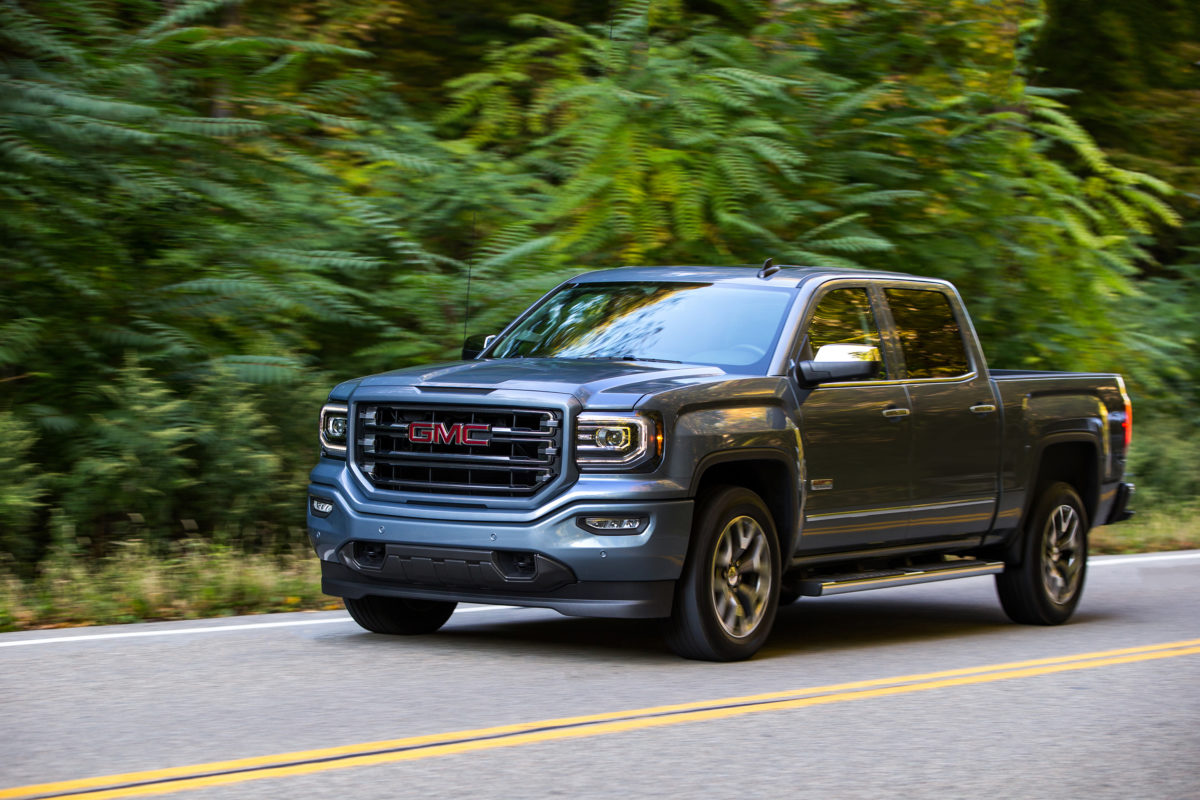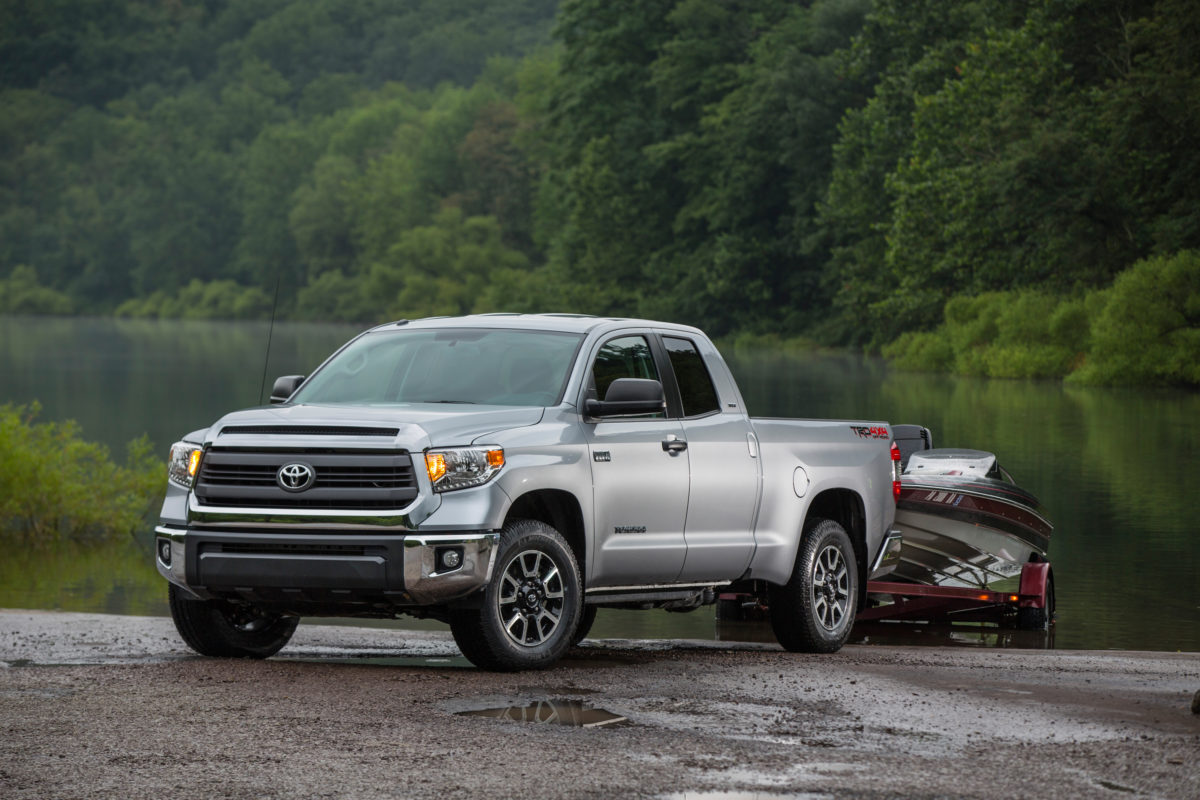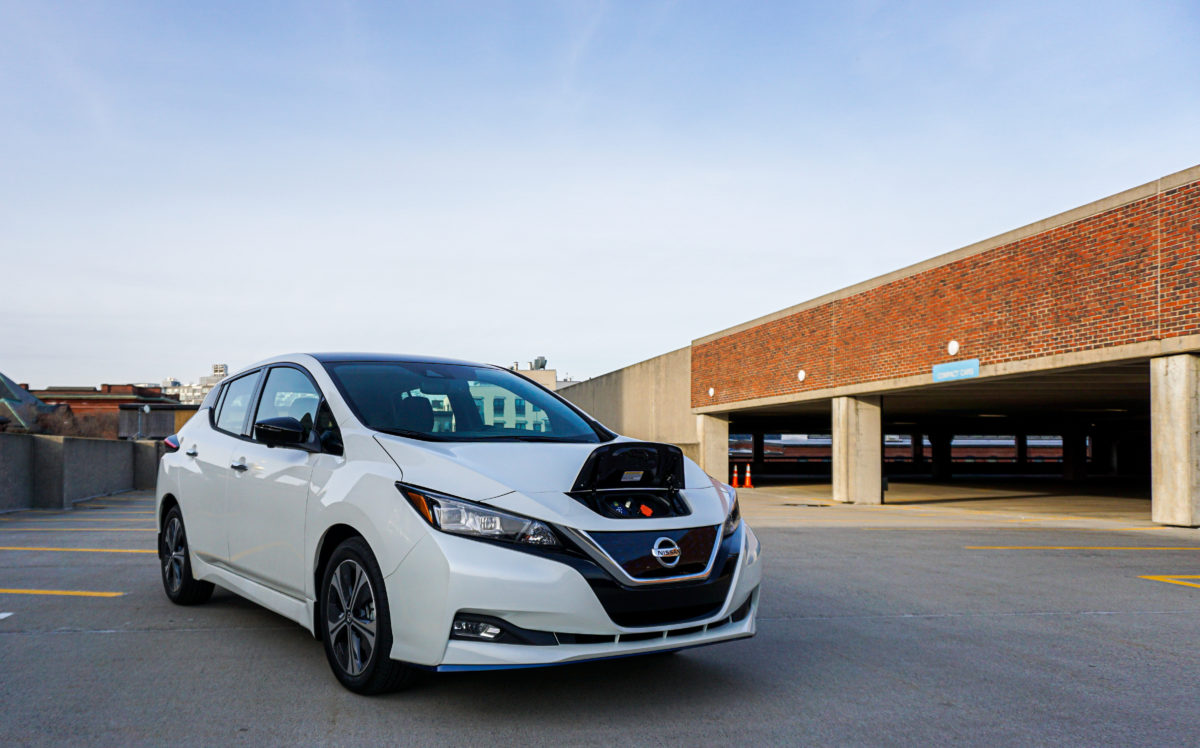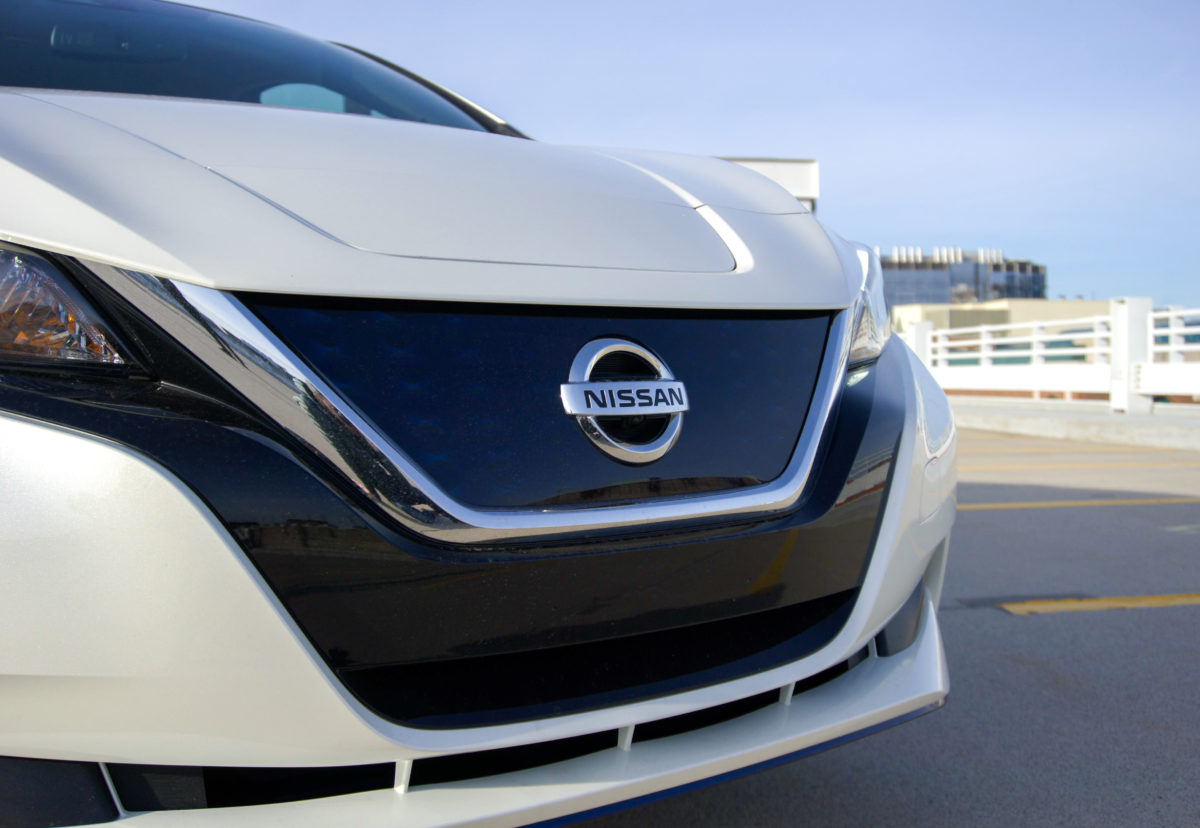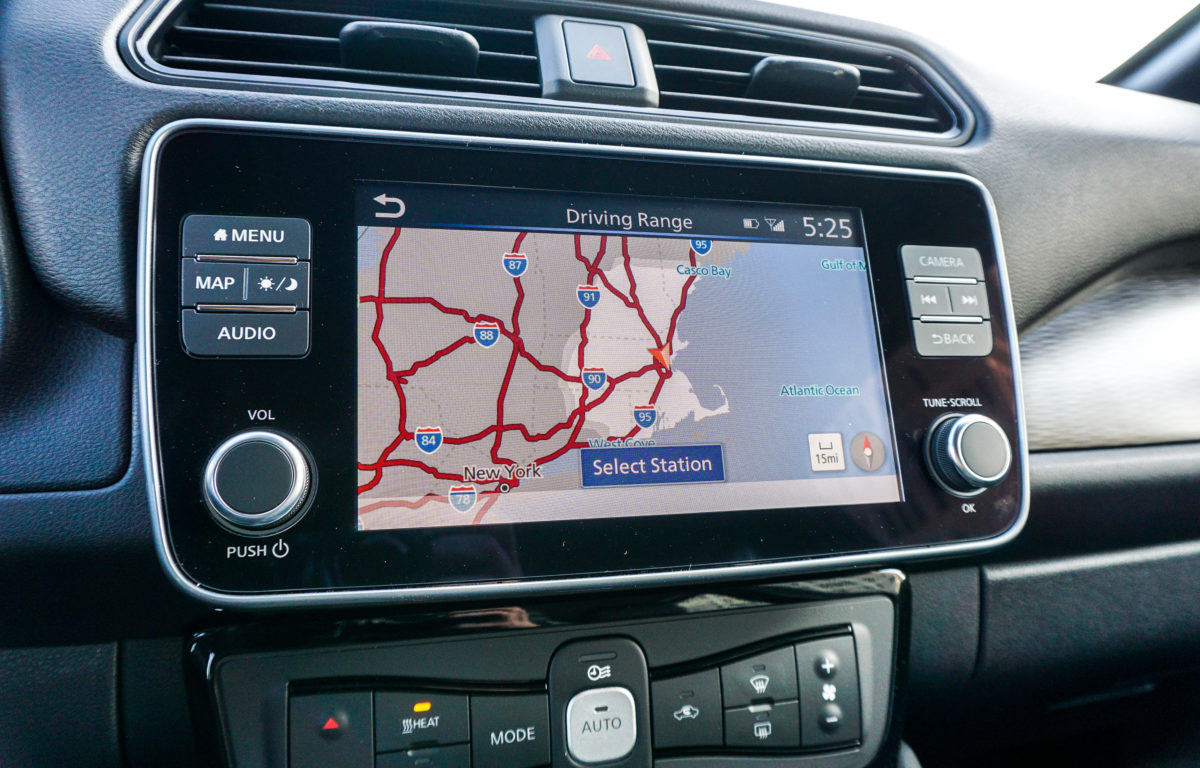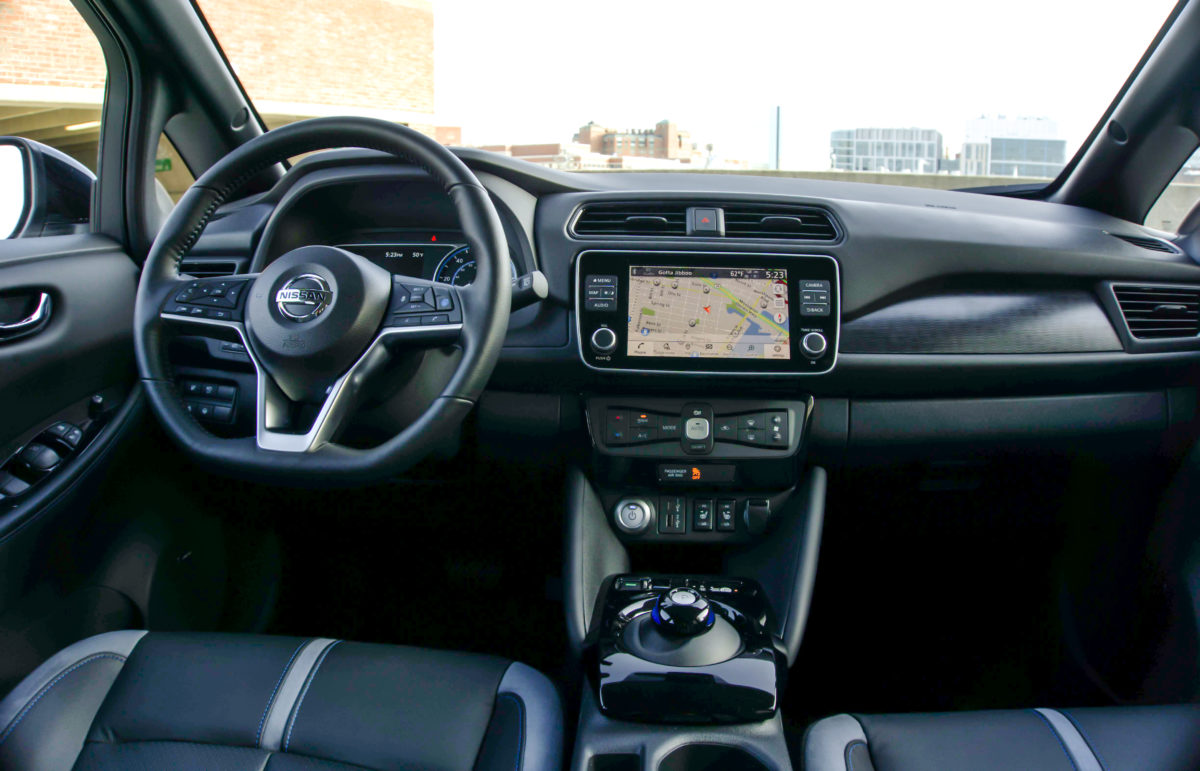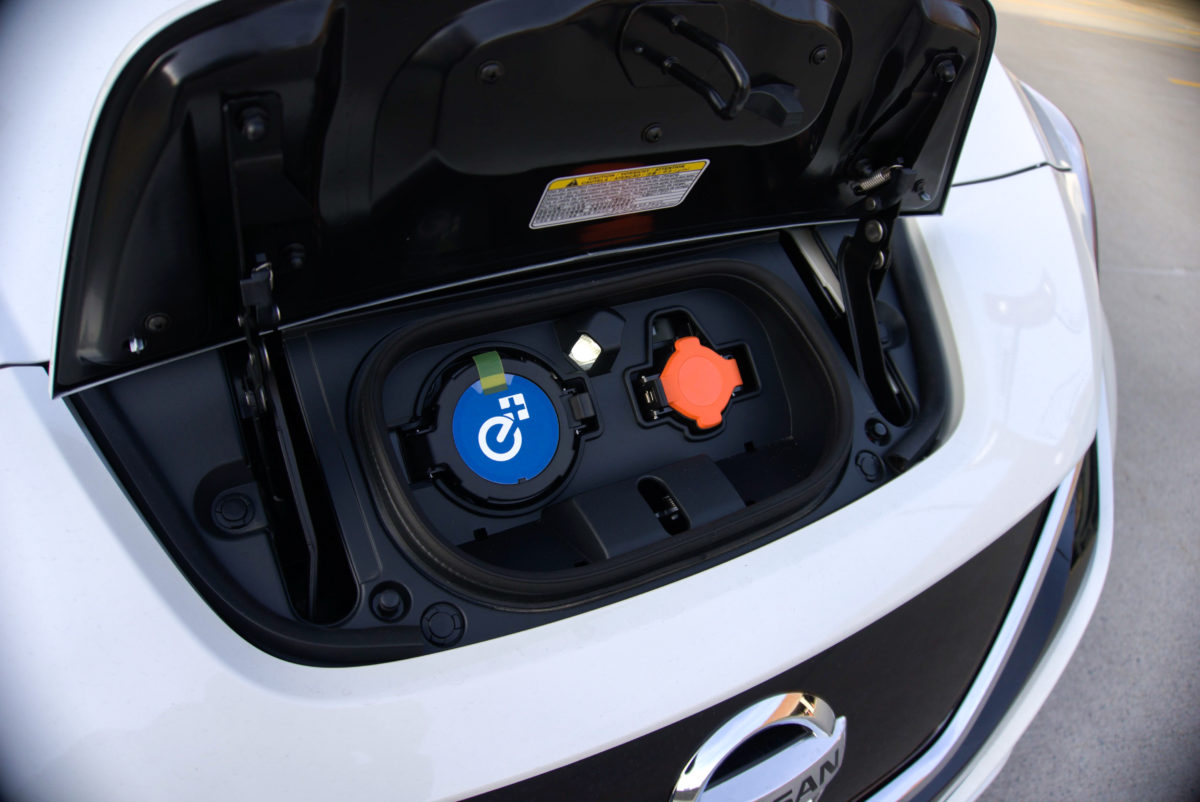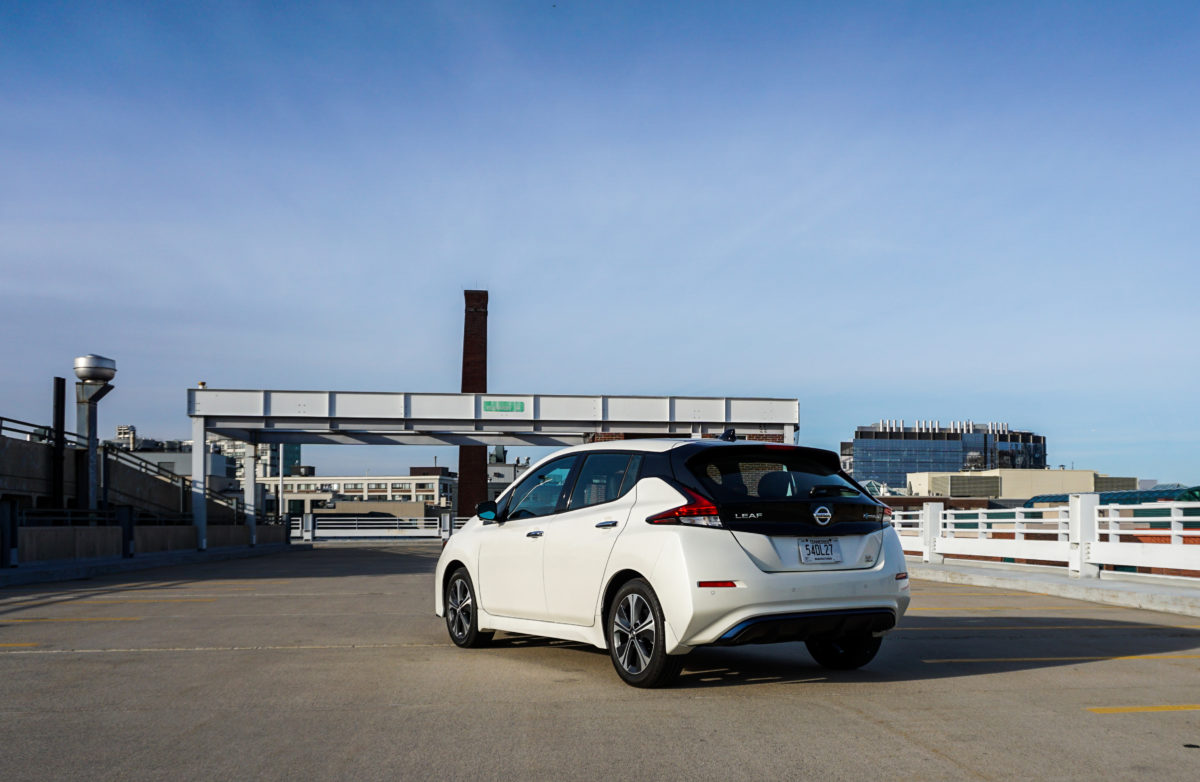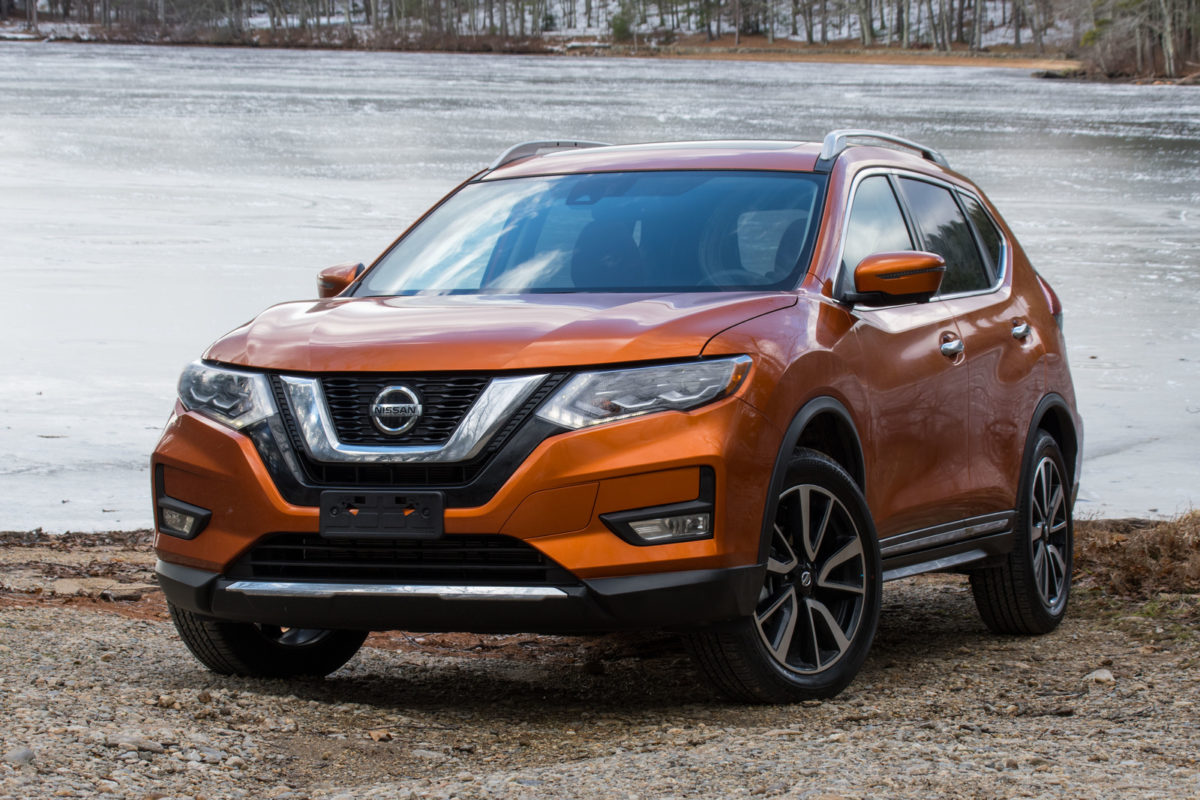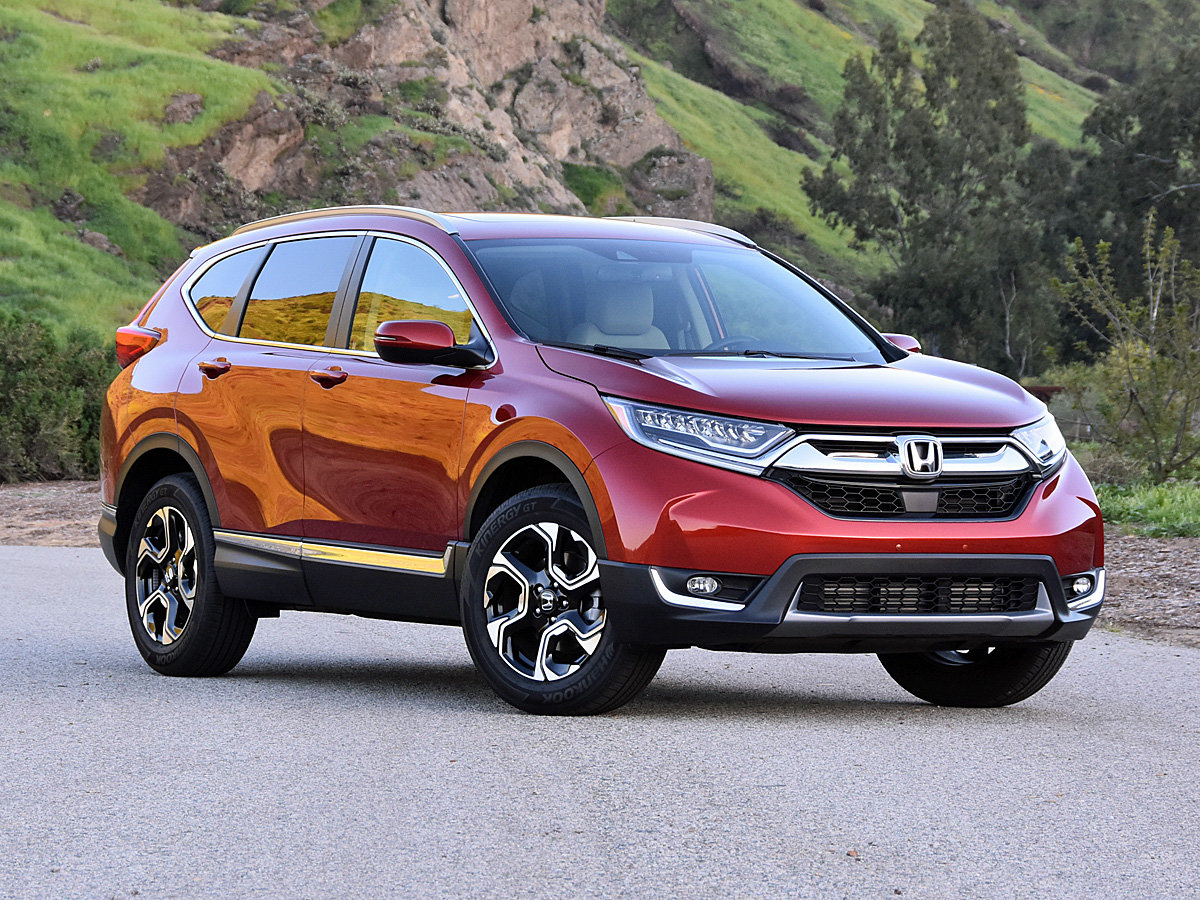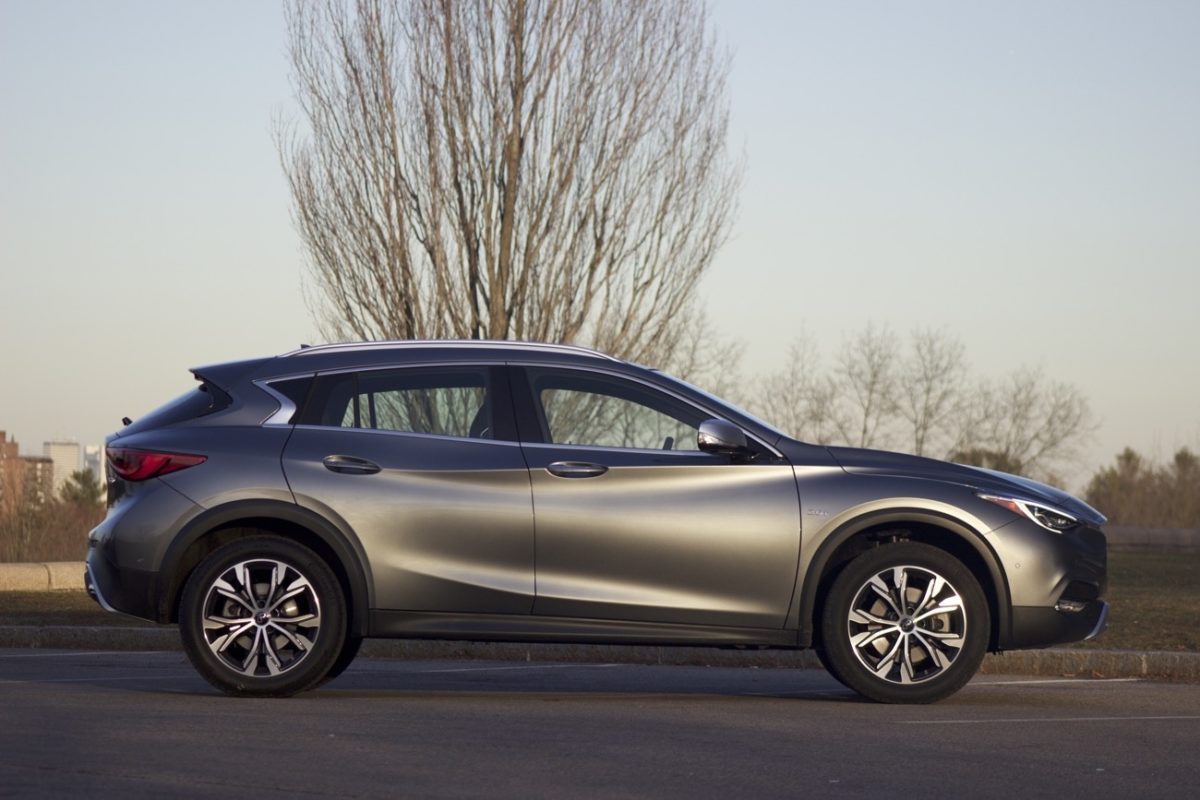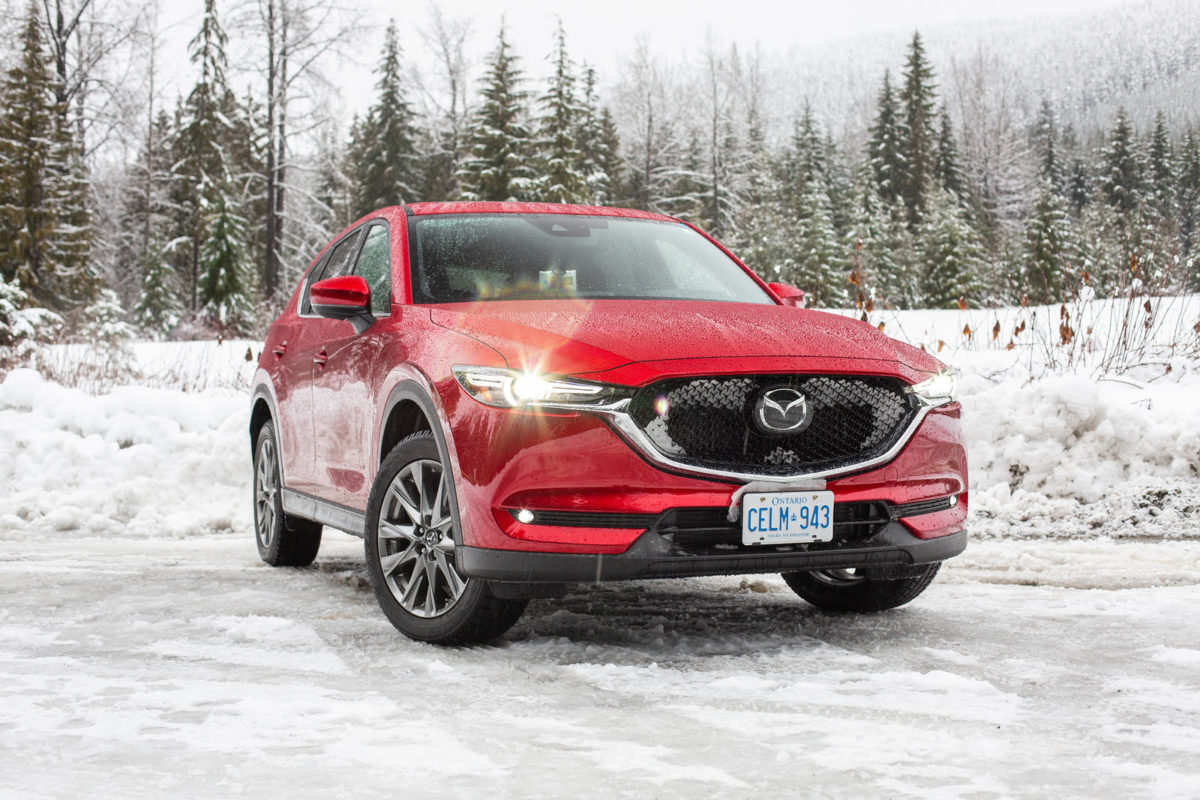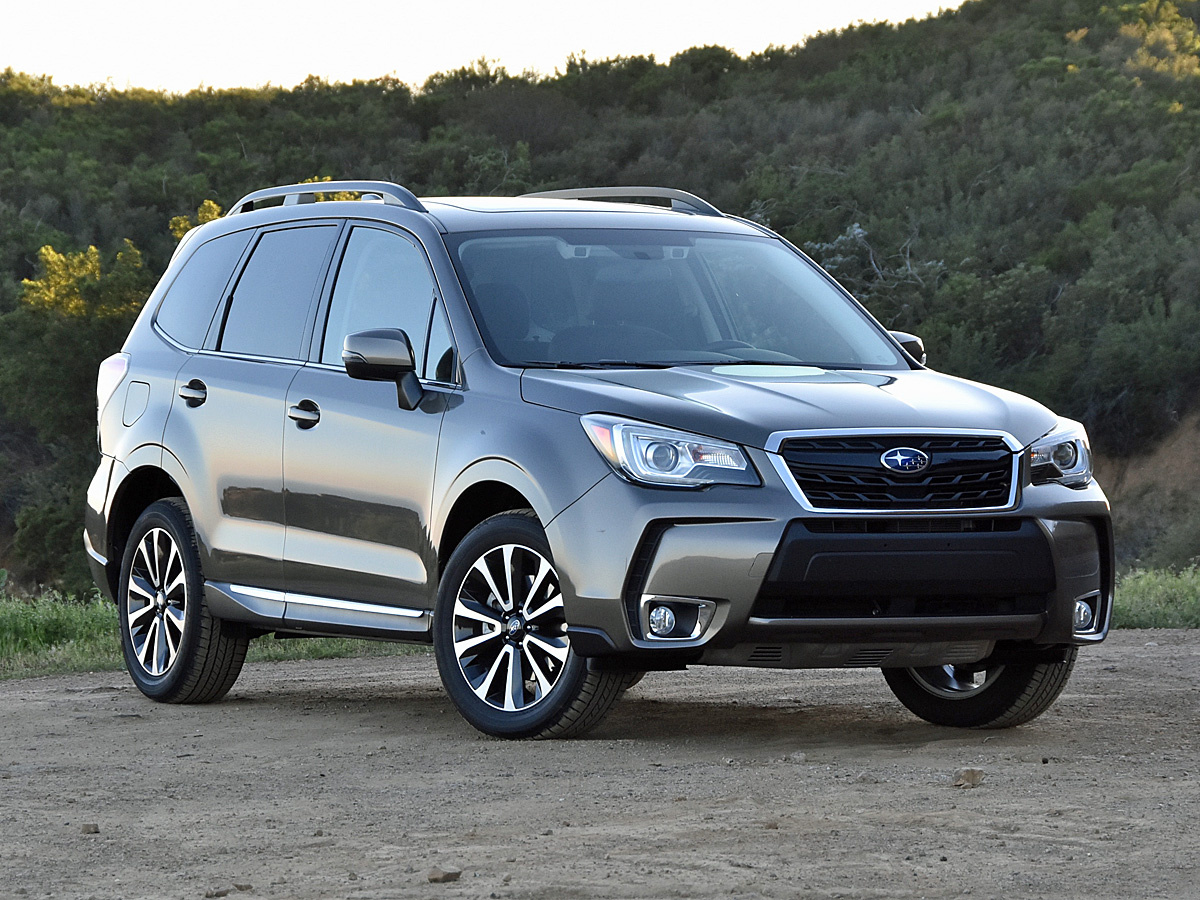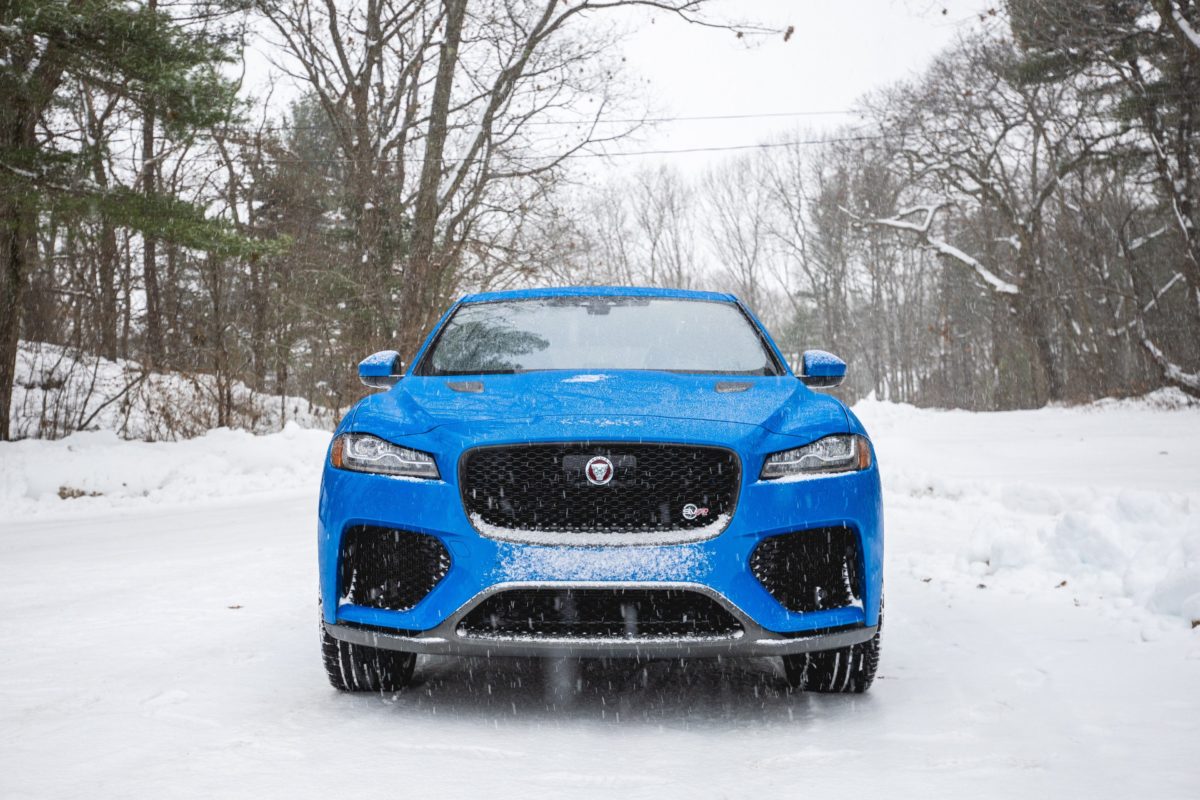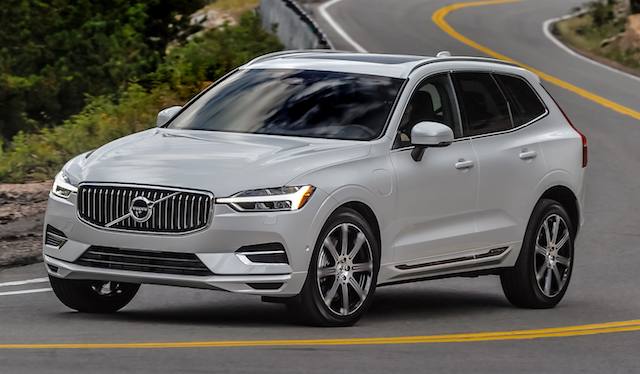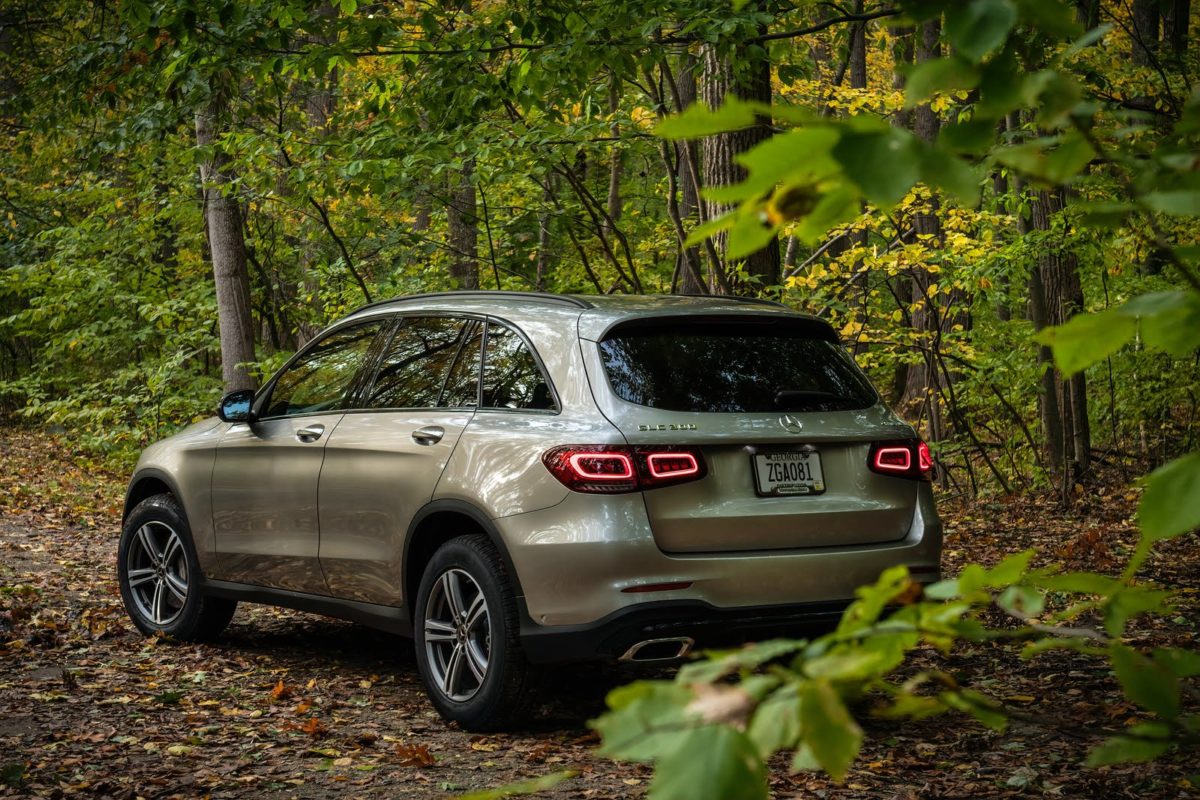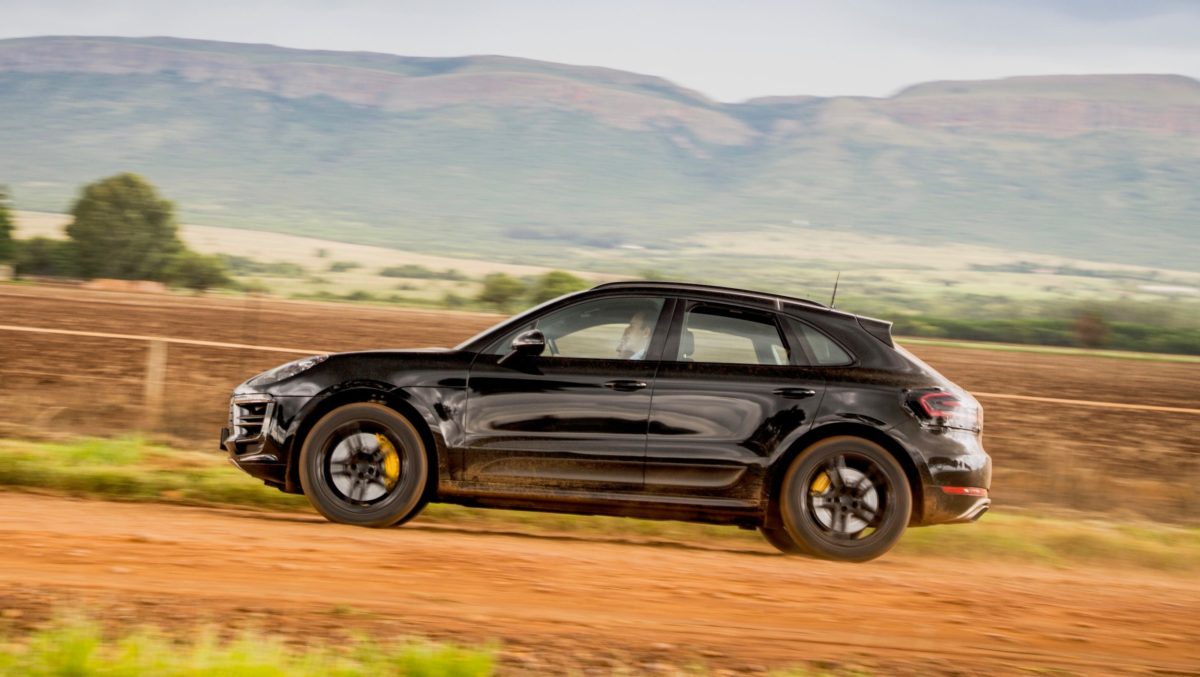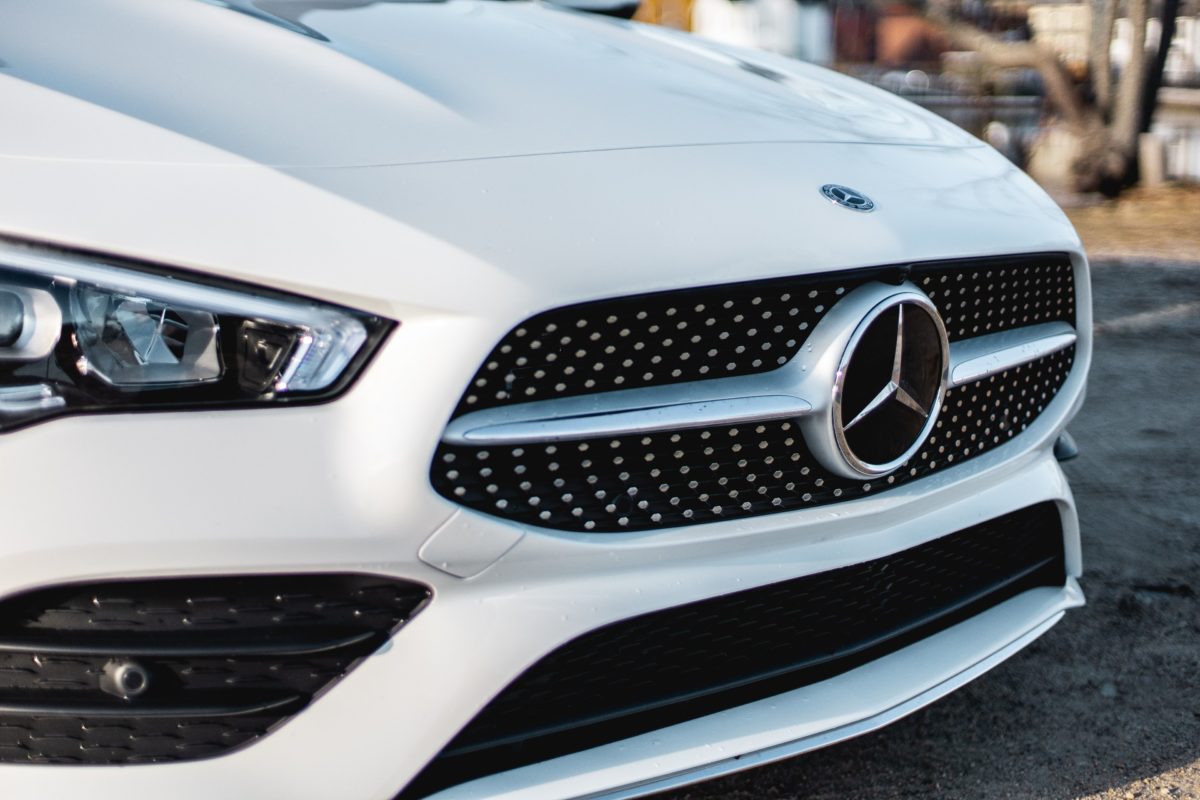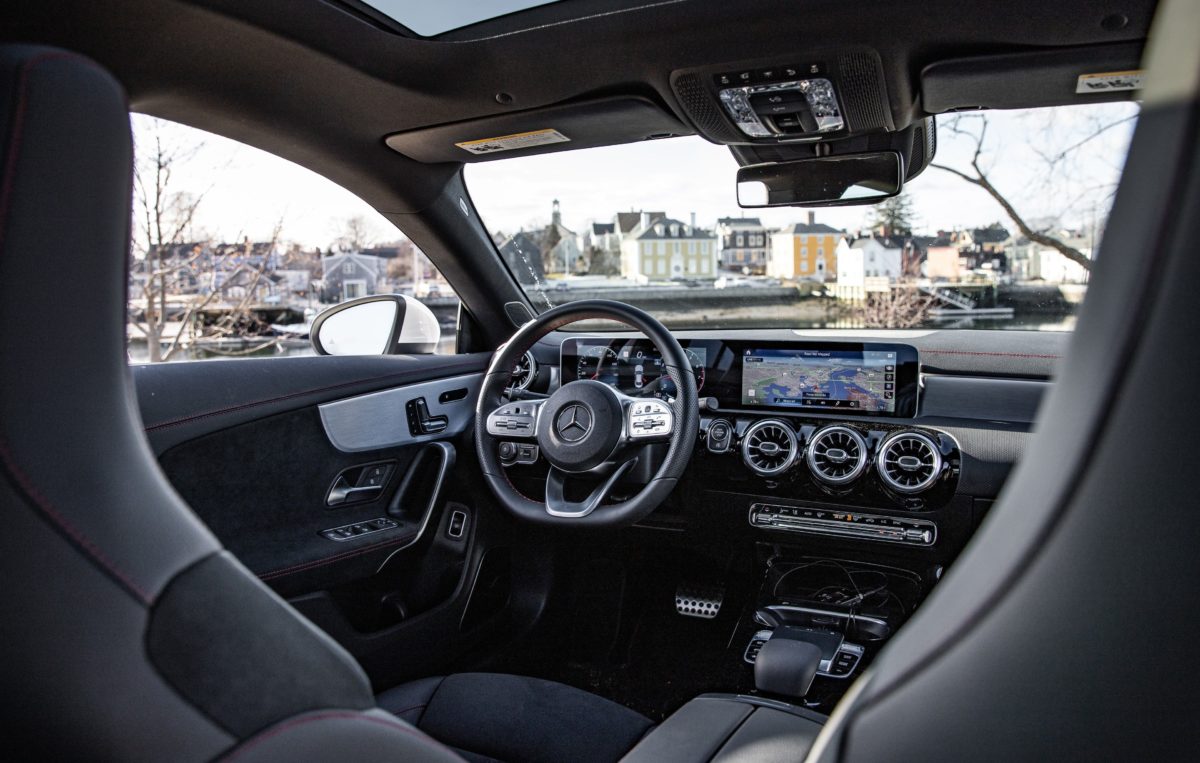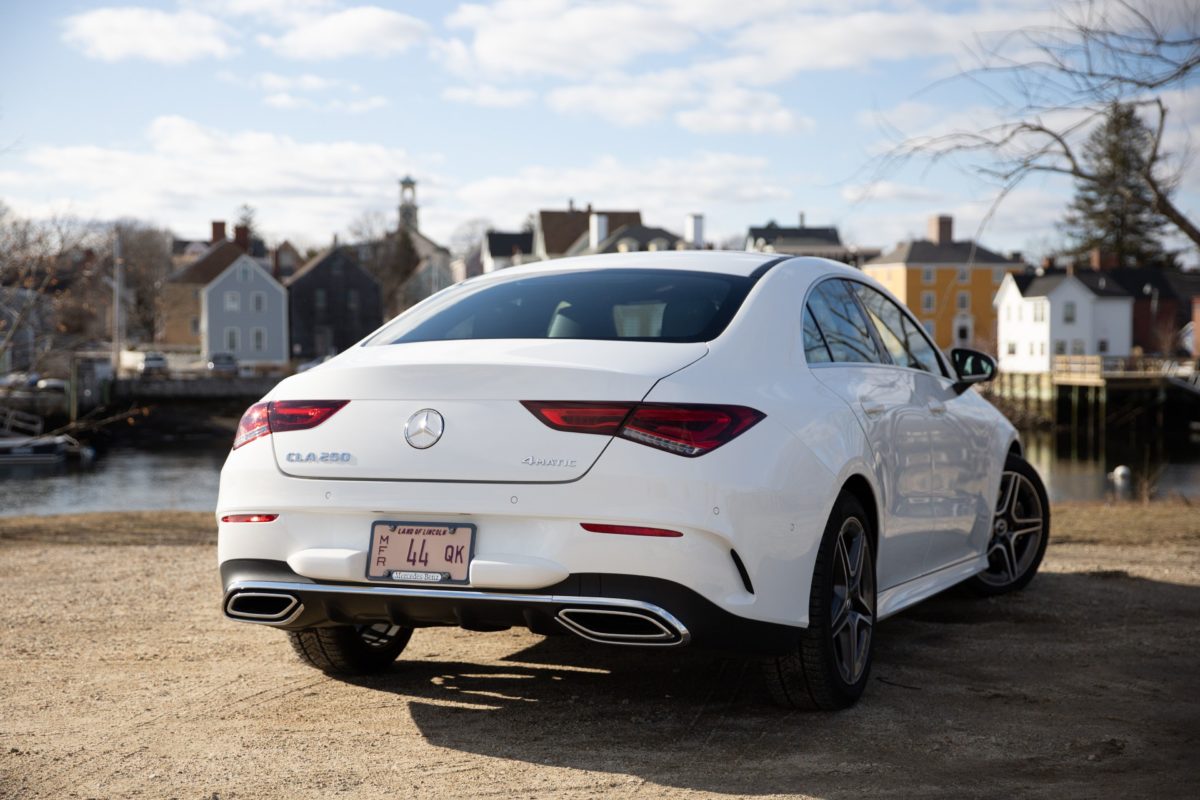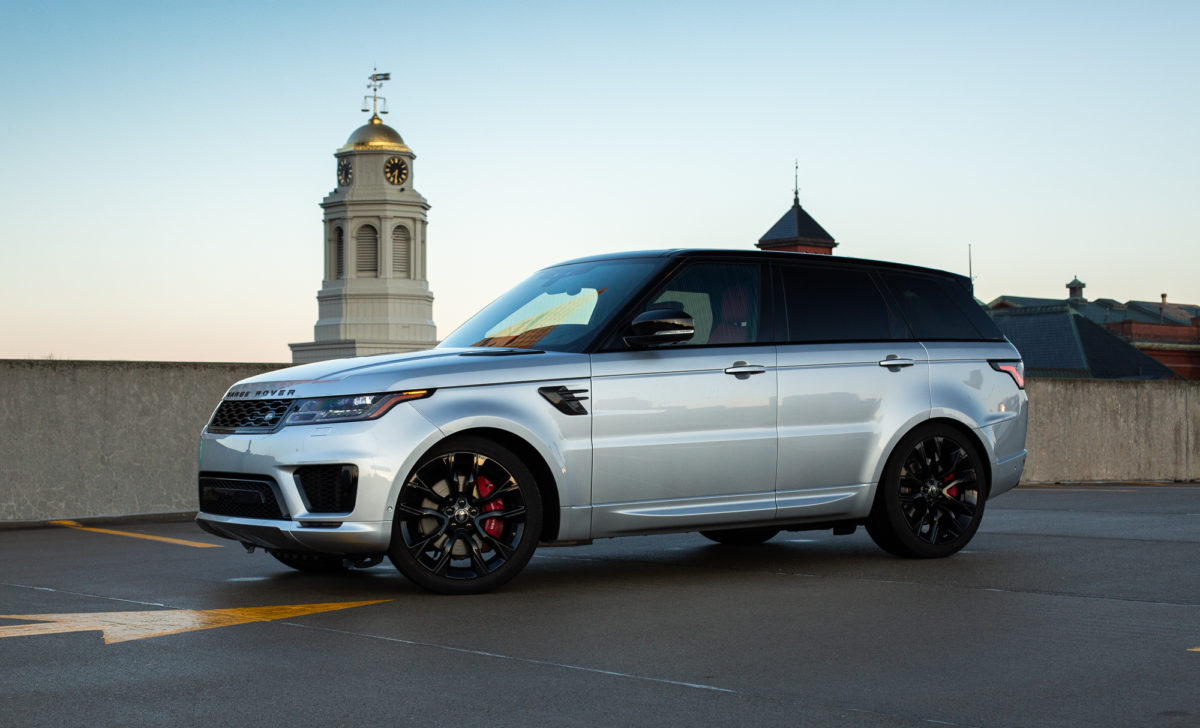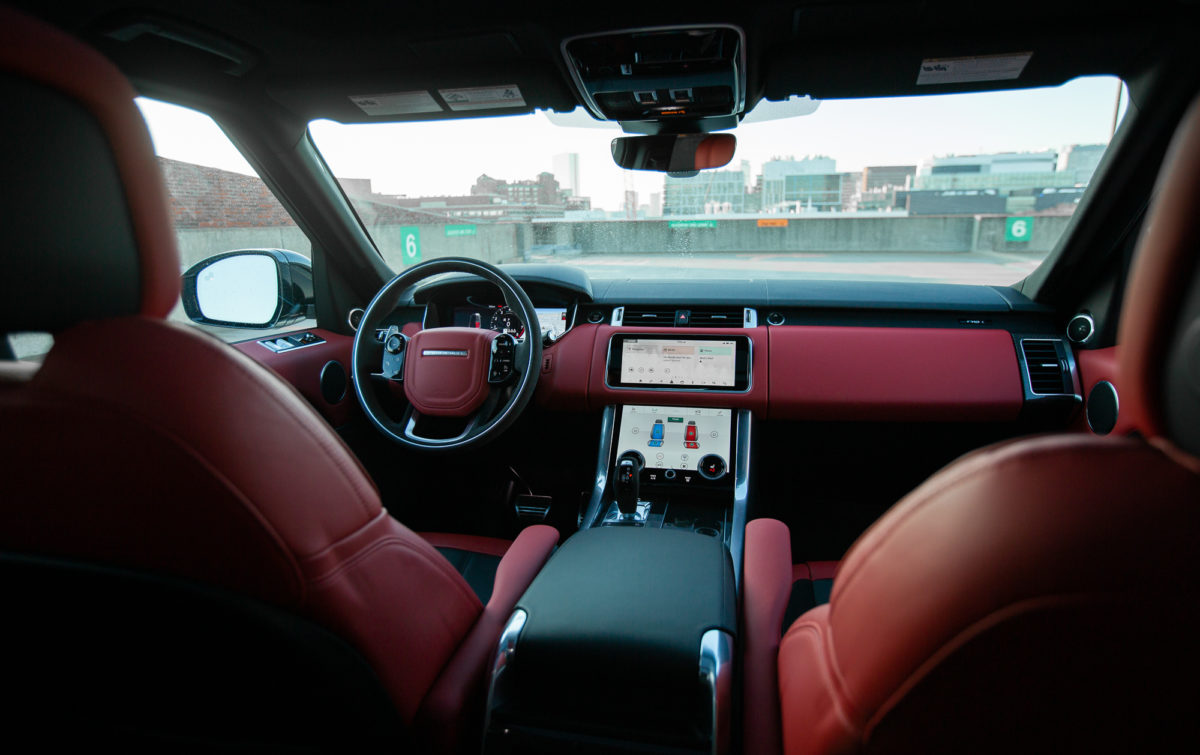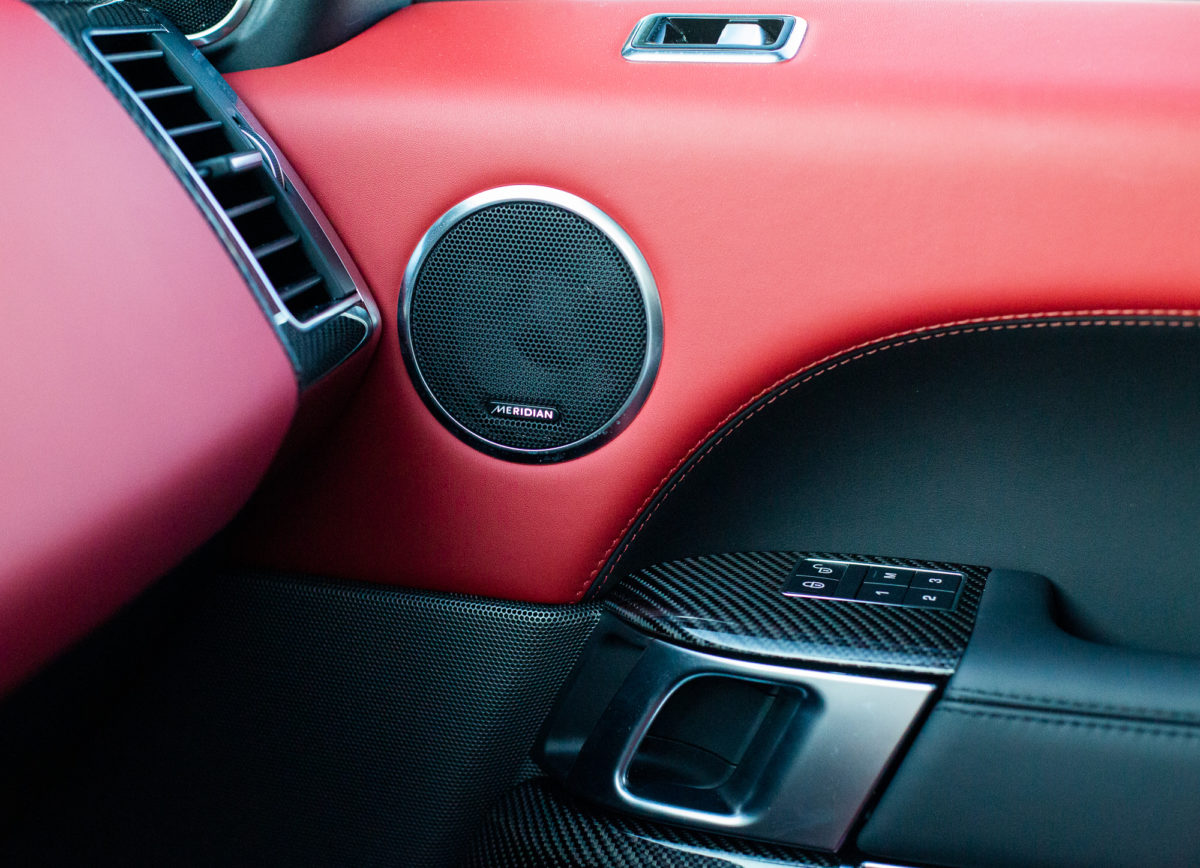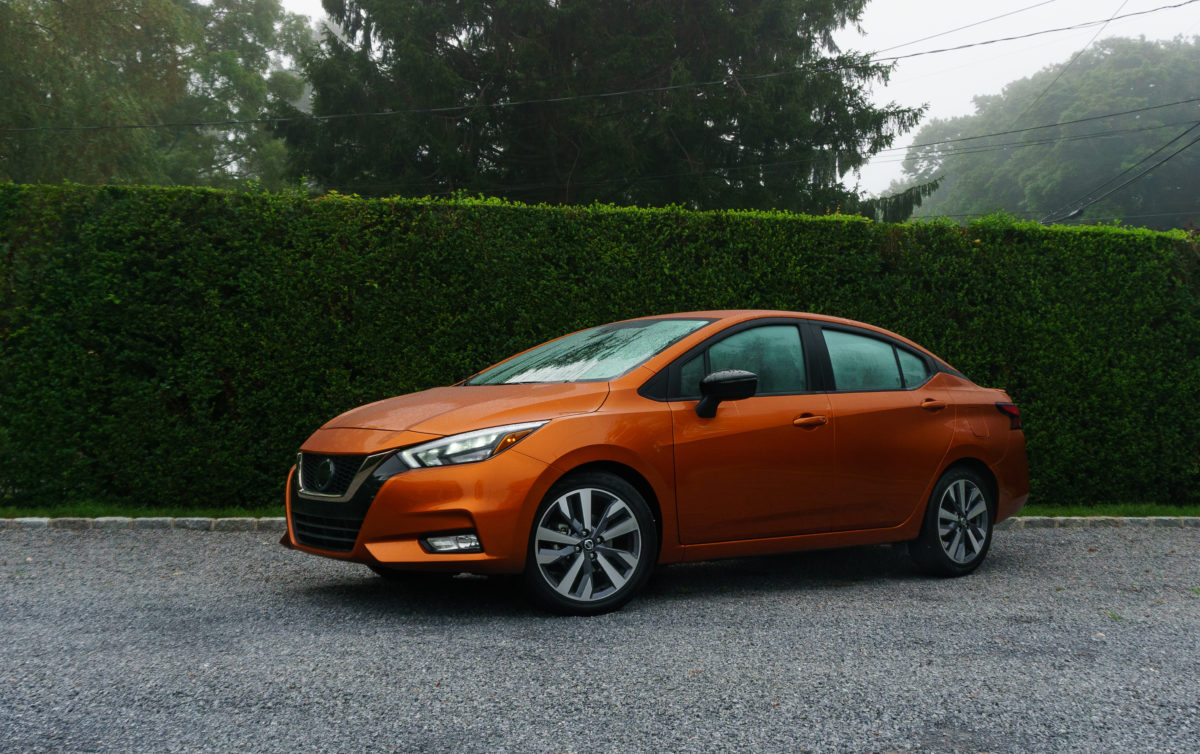
When the average car shopper considers a Nissan Versa, they’re doing so with one primary purpose: value.
Today’s automotive marketplace is awash with brilliant, beautifully engineered vehicles that, unfortunately, often costs well into the tens of thousands of dollars. The average transaction price for a new-car purchase sits well over $30,000, and that number rises every year.
So, when Nissan puts a car like the Versa up for sale starting at $14,730… well, bargain shoppers take notice. Especially when the car in question looks as good as the 2020 Versa.
What’s the Plan?
It’s one thing to buy a car for an urban commute. It’s a whole other thing when you need to take that car on a road trip. To really get an understanding of how well a subcompact sedan like the Nissan Versa handles a long drive, we embarked upon one of America’s great automotive tests: the road trip.

In an attempt to bring a romantic irony to the experience, we decided it was only appropriate to drive one of America’s least expensive cars to one of it’s most expensive towns. Departing from Boston, we would travel roughly 100 miles to New London, Connecticut. From there, we’d park the Versa on the Orient Point ferry, followed by another 40 miles to Westhampton, New York. After two days sequestered in a house (with a pool, thank goodness), we’d do the same trip in reverse.
How Does the Nissan Versa Handle a Long Drive?
Nissan redesigned the Versa for the 2020 model year, delivering a transformation rare in cars of this size and at this price point. At our disposal was an SR trim optioned up to $21,885 and painted Monarch Orange Metallic. To say the least, we wouldn’t lose this one in a parking lot.
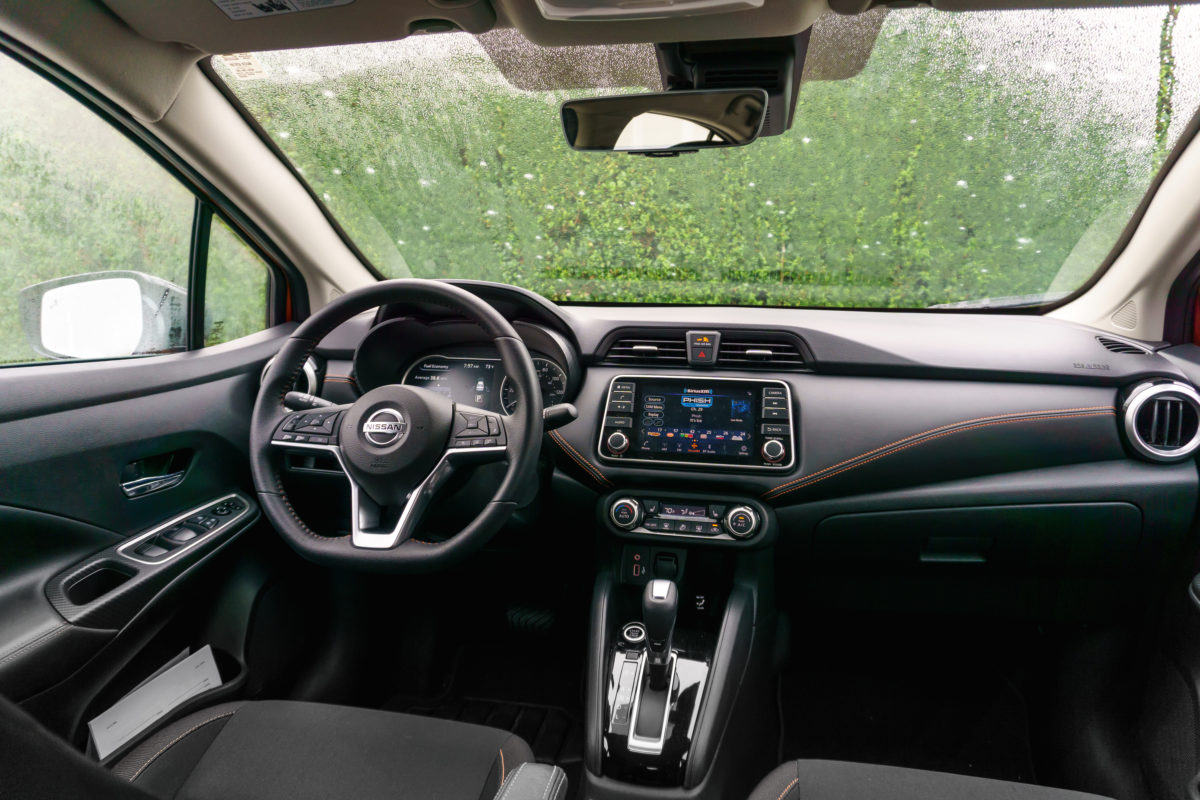
The all-new Versa sits 2.3 inches lower to the road, stretches 1.6 inches longer from nose to tail, and spans and extra 1.8 inches across the middle. The new dimensions result in substantially reduced rear-seat legroom, which will hurt if you’re taking the whole (hopefully small) family out of state. However, if you’re embarking on a two-person road trip, the new car’s dramatically larger front-seat area is a welcome change. On top of it, trunk space remains near the top of the segment, at 15 cubic feet. Unfortunately, the Nissan Versa Note was discontinued with the arrival of the 2020 Versa.

Hit the open road in a Nissan Versa, and you’ll enjoy great fuel economy—we measured 39 miles per gallon along our mostly highway drive against the EPA’s estimate of 32 mpg city, 40 highway, 35 combined. Because the Versa is a subcompact sedan, it doesn’t insulate well from road and wind noise. Engine noise is also a disappointment. Paired with Nisan’s Xtronic continuously variable transmission (CVT), the Versa’s 1.6-liter four-cylinder engine makes a fair racket on its way to providing 122 horsepower and 114 pound-feet of torque.
Is the Nissan Versa Easy to Live With?
Along the way to Westhampton, we joked that we’d stick out like a sore thumb. Or, to be more accurate, we’d stick out like an economy car amid a sea of Audis, BMWs, and Porsches. Amazingly, and certainly thanks in no small part to the Versa’s brilliant paint, we never felt out of place.
The Versa can’t compete with a luxury car, but considering it wasn’t designed to, it doesn’t feel terribly outgunned, either (at least in terms of style—don’t put it on a drag strip). This is a handsome little car.
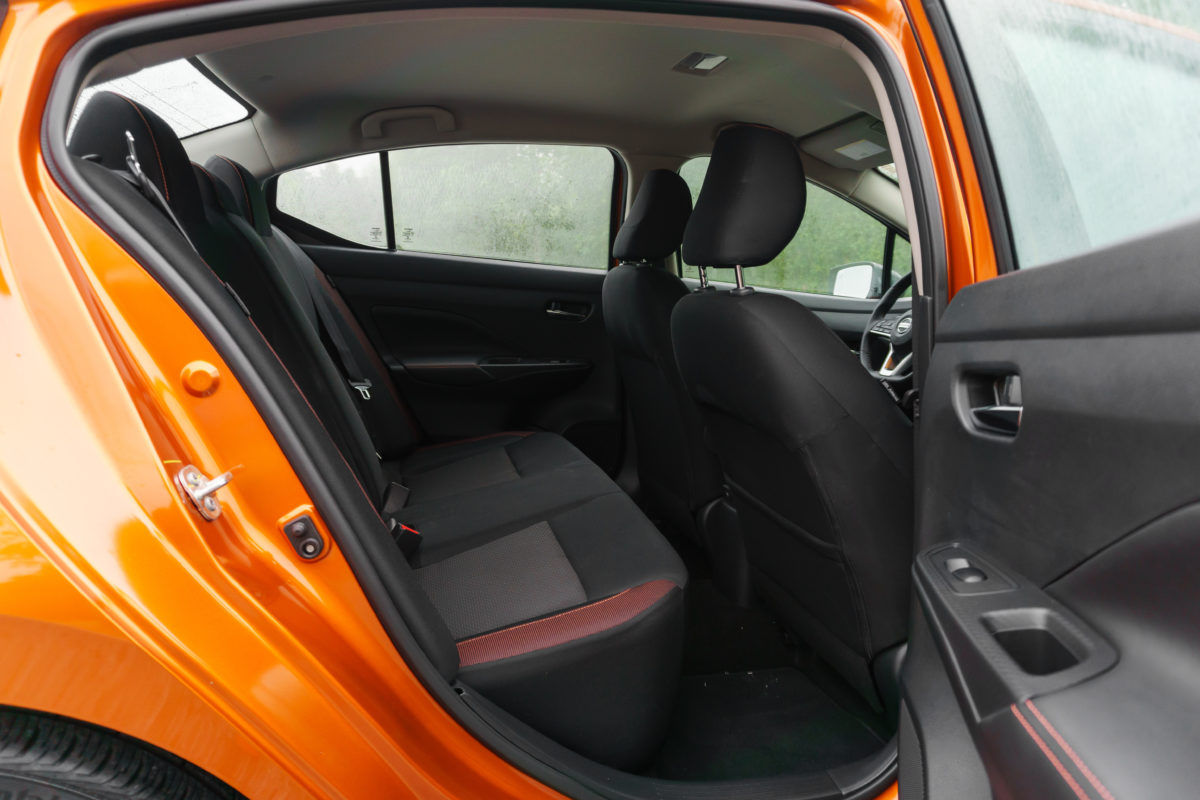
Even better, Versa drivers will benefit from its comparative lack of tech features. No, there’s no night vision or augmented-reality camera feed on this mass-market vehicle, but its 7-inch touchscreen infotainment system sports Apple CarPlay, Android Auto, and most importantly, is very easy to use.
Is the Nissan Versa a Good Value?
The Versa is likely the most compelling sedan on the market for shoppers looking to spend less than $20,000. That may sound like a half-hearted compliment, but there’s a very clear case to be made for buying a brand-new Versa, and it boils down to price.

New cars come with a lot of perks, like up-to-date technology and safety features, not to mention new-car warranties. As most shoppers know, however, new cars also come with unavoidable depreciation. And, with few exceptions, the more expensive a car is, the quicker is tends to lose its value. But keep the cost of that new car relatively low, and there’s limited room for it to depreciate. Rental-car companies have known this for years, and it’s why you won’t find top-dollar options and features on your rented Jeep Compass.
But the Versa packages a lot of those options in as standard equipment. Additionally, the seats are comfortable, the tech is easy to use, and the car’s impressive list of safety features rarely intruded into our drive. If you want space for five adults and leather upholstery, the Versa’s not the best way to spend your money. That said, if you’re only moving yourself or one passenger, you want some good baseline tech and safety, and you want the security of a warranty without huge depreciation, the Versa may make a lot of sense. Across 300 miles, you’ll certainly know that you’re driving a subcompact sedan, but with the 2020 Versa, that reality isn’t as painful as it has been in the past.
For more auto news, check out these articles:
- We Tried City Living with an Electric Car
- The Mercedes CLA-Class: A Luxurious Super Commuter
- With the 2020 Infiniti Q50, Style Comes Standard
The post From Rags to Riches: Driving a 2020 Nissan Versa to the Hamptons appeared first on The CarGurus Blog.
From Rags to Riches: Driving a 2020 Nissan Versa to the Hamptons posted first on http://www.cargurus.com/blog/
